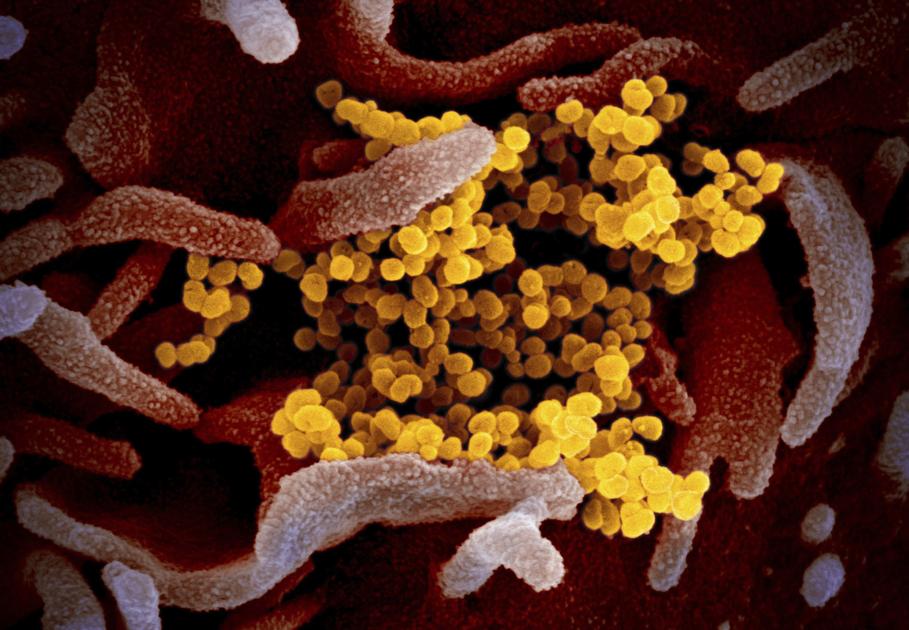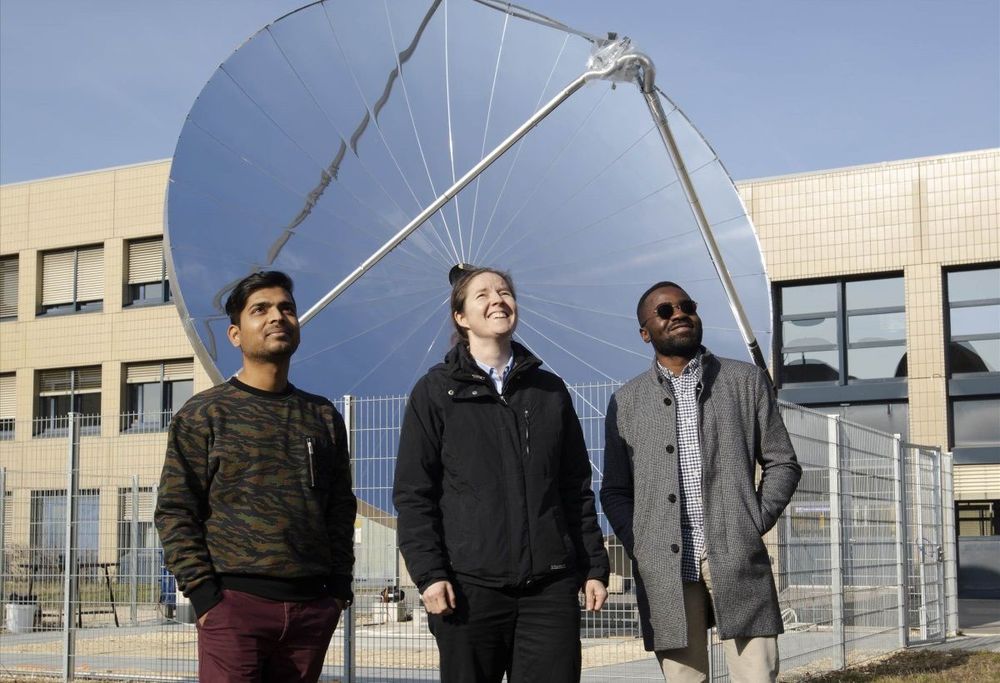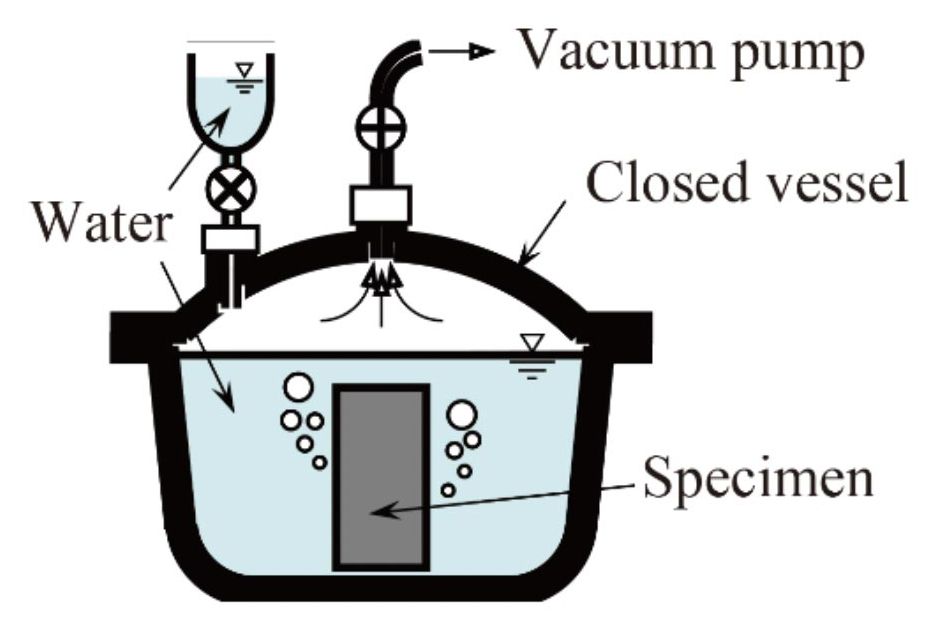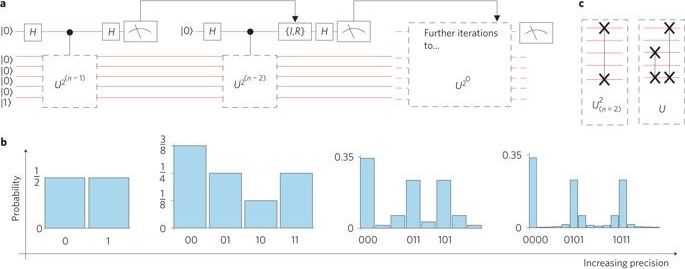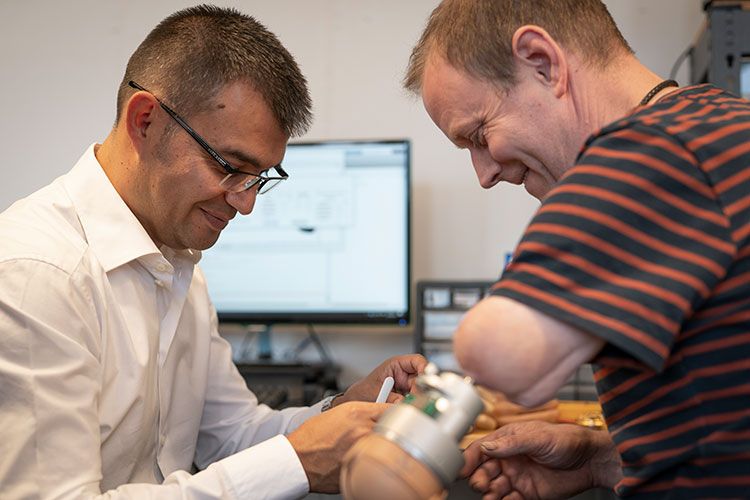May 13, 2020
Yes, COVID-toe. A bizarre post-coronavirus symptom causes purple fingers, toes … maybe even ears
Posted by Fyodor Rouge in category: biotech/medical
On April 7, Karin Shetler awoke in the middle of the night to a toe that was throbbing violently. She threw back the covers to reveal her purple-colored middle toe.
“I wondered whether I had somehow broken my toe,” said Shetler. “I iced it, not understanding what it was, and called my physician sister in New Orleans the next morning.”
She asked if it might be gout. It wasn’t.
